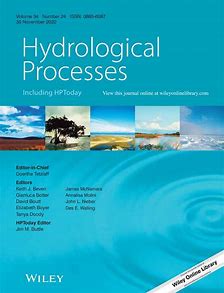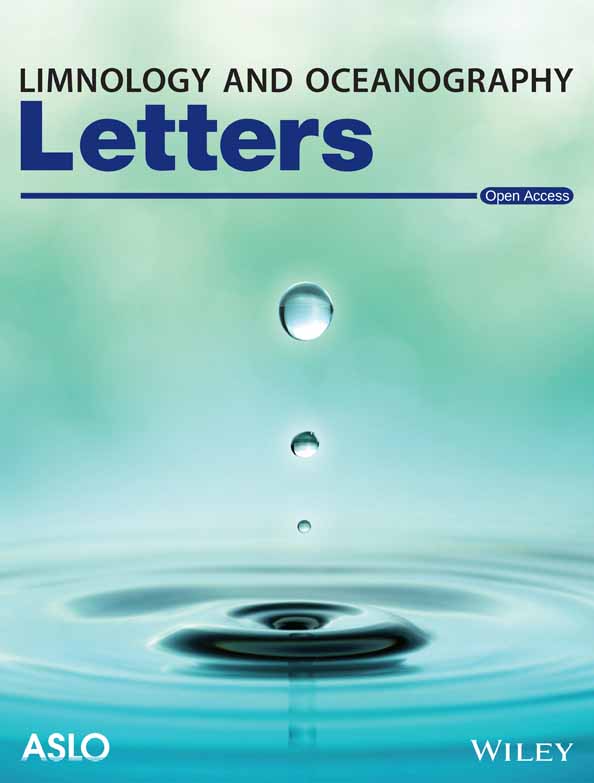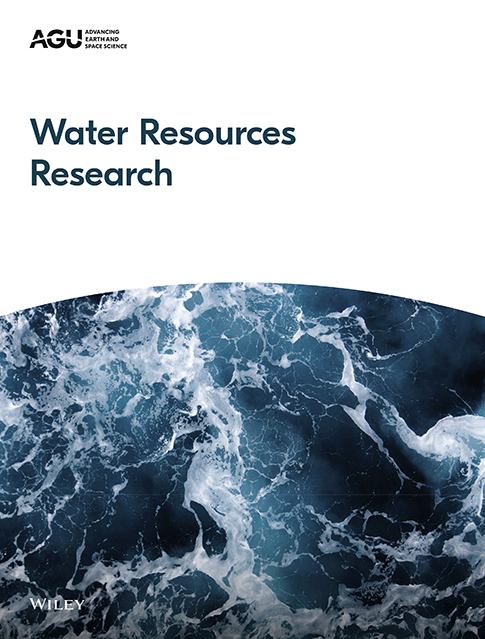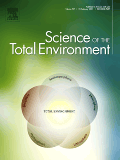- Programme area:3) Dimensions of Complexity of Aquatic Systems

Role of Suspended Particulate Matter for the Transport and Risks of Organic Micropollutant Mixtures in Rivers: A Comparison between Baseflow and High Discharge Conditions
The partition dynamics of organic micropollutants between water and suspended particulate matter in riverine ecosystems differs between dry and wet weather. Chemical concentrations and mixture effects in extracts from rivers are dominated by suspended particulate matter during rain, but the dissolved phase dominates during dry weather.
Contrasts in Ecohydrological Partitioning of Heterogeneous Urban Green Spaces in Energy-Limited Versus Water-Limited Hydroclimates
Seasonal and Inter-Annual Dynamics in Water Quality and Stream Metabolism in a Beaver-Impacted Drought-Sensitive Lowland Catchment
The authors monitored water quality parameters over 3 years in an intermittent stream network in the eutrophic, lowland Demnitzer Millcreek catchment, Germany. They focused on the effects of wetland systems impacted by beaver dams on the diurnal, seasonal and inter-annual variation in water quality dynamics and modelled stream metabolism.
Epiphyton phenology determines the persistence of submerged macrophytes: Exemplified in temperate shallow lakes

Assessment of the sediment load in the pearl river estuary based on land use and land cover changes
Tried and true vs. shiny and new: Method switching in long-term aquatic datasets
There is a shortage of discourse regarding the best practices in switching methods for long-term data collection in aquatic ecosystems. In this paper, factors that contribute to the successes and failures of method switches are discussed. The authors present three case studies that demonstrate successful method switching and then outline best practices for maintaining data integrity.

A Tale of Two Lakes: Divergent Evolutionary Trajectories of Two Daphnia Populations Experiencing Distinct Environments
Revising Common Approaches for Calibration: Insights From a 1-D Tracer-Aided Hydrological Model With High-Dimensional Parameters and Objectives
Dimensionality of parameters and objectives has been increasing due to the accelerating development of models and monitoring networks resulting in major challenges for model calibration. The study highlights limitations of high-dimensional calibration approaches, the role of data uncertainty and deficiencies in model structure of process-based ecohydrological models.
Demystifying the art of isotope-enabled hydrological and climate modelling
Stable water isotopes are well known tracers of the hydrological cycle producing critical climate science but they are not explicitly included in influential climate reports except for paleoclimate reconstructions. The authors argue that it is time to incorporate isotopes and isotope-enabled modelling into mainstream hydroclimatic forecasting to improve climate change predictions and evidence.






